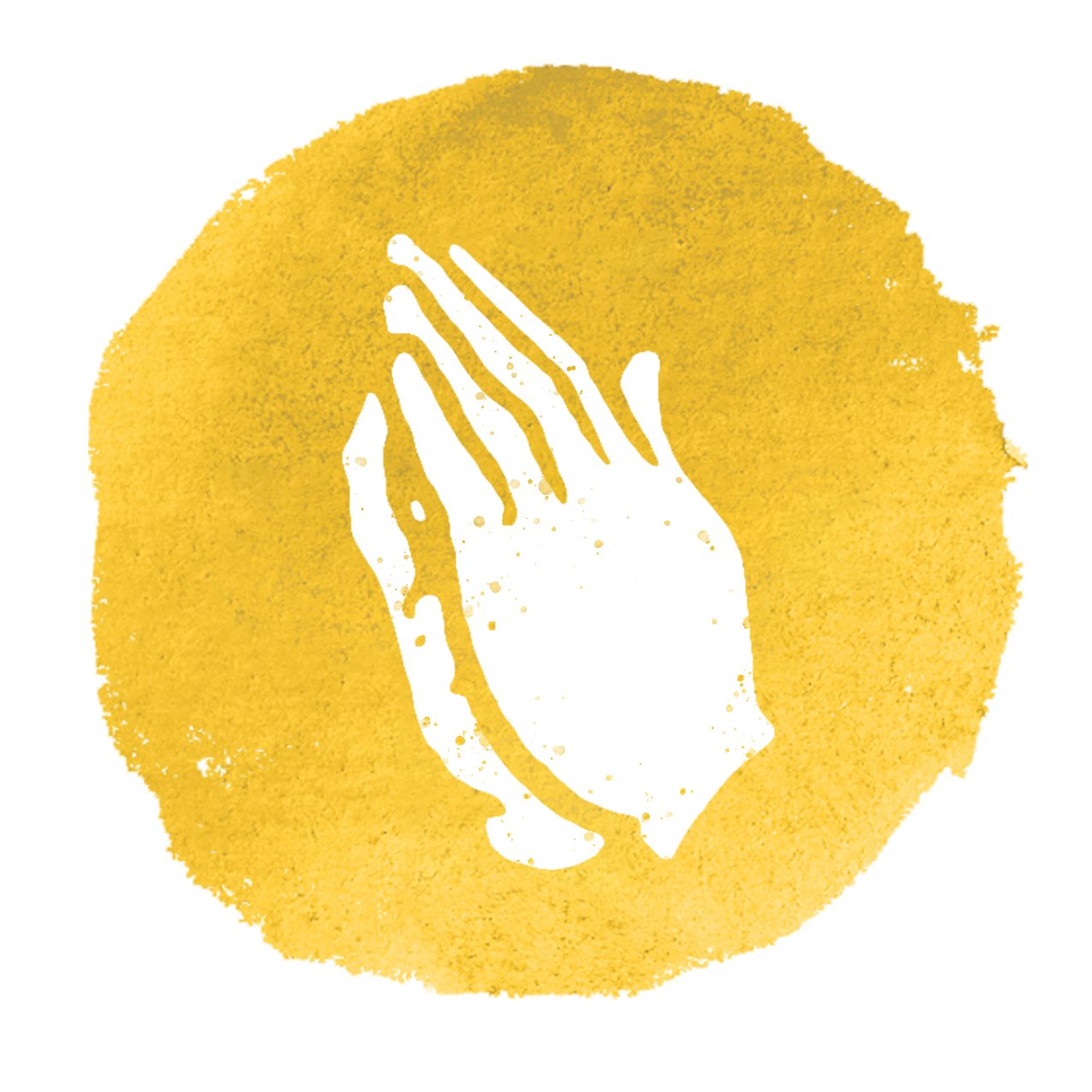Prayer, fasting and almsgiving are the traditional Lenten disciplines I grew up with. As a child in the Roman Catholic church, I vividly remember one Lent when I gave up candy. My grandmother made this amazing pecan brittle and one Sunday she offered it to me and my siblings. That candy was a rare treat but despite encouragement to enjoy it, since it was a “feast” day, I abstained. About a week after Lent, my grandmother paid me a visit and brought me a whole batch of that pecan brittle! I thought, “Wow! did that fasting stuff pay off!”
Over the decades since, my experience with spiritual disciplines has matured and it has also become more challenging. Whether Lent is the first time you’ve taken up a spiritual discipline or you regularly engage in spiritual disciplines, you have probably experienced struggles, setbacks or have neglected your practice. This is normal though it is easy to be hard on ourselves when this happens.
Malcolm Gladwell in his book Outliers says it takes 10,000 hours of “deliberate practice” to become an expert. Talent is Overrated by Geoff Colvin says, “Extensive research in a wide range of fields shows that many people not only fail to become outstandingly good at what they do, no matter how many years they spend doing it, they frequently don’t even get any better than they were when they started.”
Even knowing this kind of information, I still feel the need to master my spiritual disciplines. The first memory I have of struggling in my discipline was at least ten years ago. I was discouraged, feeling guilty and anxious about how I was doing. In desperation, I turned to Jesus asking what I needed to do: “Should I spend more time, try to be more focused or fervent?”
Surprisingly, what I heard was “I am not a taskmaster.” Jesus didn’t instruct me on my activities or lack of them but on my wrong thinking about Him and who I had made Him out to be. He spoke into the core of my concerns, telling me that He was not judging me — Jesus is not standing over us and judging us as we practice our discipline. That critical voice is not His!
Recently, I sensed that the Lord was inviting me into a different discipline, one that gets me out of my comfort zone. I am to listen each day to know how I am to spend my time with Him. I have to pay attention and it could be different every day. For me, this is a challenge. Did I mention that I like routine? As I began this practice of listening, here is what I sensed the Lord saying to me that I wrote in my journal:
“I know this feels uncomfortable because it is new and not how you naturally go about things. It is like learning anything new. You will make mistakes or false starts. You will not be able to do it well or comfortably as you are learning this new rhythm. I am gentle and kind and do not judge or condemn you as you judge and condemn yourself. But, as a loving parent, I encourage and delight in your efforts and am ready to pick you up when you fall short. Try to think of this as a new adventure with Me, not something you have to get right but a path we can journey together.”
These are certainly not words I would say to myself. They are much too gracious and surprising. But this reflects the Lord’s gentle and gracious nature towards us.
In times of struggle, I have gotten to see and experience who God truly is. Rather than floundering in guilt, self-doubt or recrimination, we’ve been invited to turn our faces to Jesus, to let Him speak into our hearts, into the situation. To be reminded of the truth, “For I am the LORD your God who takes hold of your right hand and says to you, do not fear; I will help you” (Isaiah 41:13).
Wherever you are with your Lenten disciplines, the Lord is right there ready to encourage you, pick you up or welcome you back. I love the story that Father Thomas Keating tells, when the nun who tried Centering Prayer for the first time says, “Oh, Father Thomas, I’m a failure at this prayer. In twenty minutes I’ve had ten thousand thoughts.” And he says, “How lovely – ten thousand opportunities to return to God.” May we also continue to return to God!











